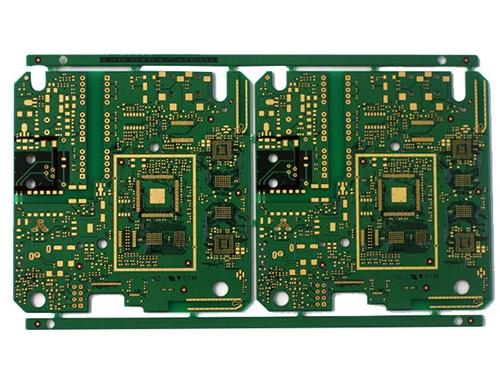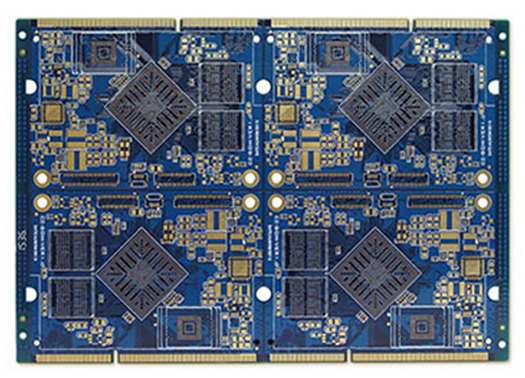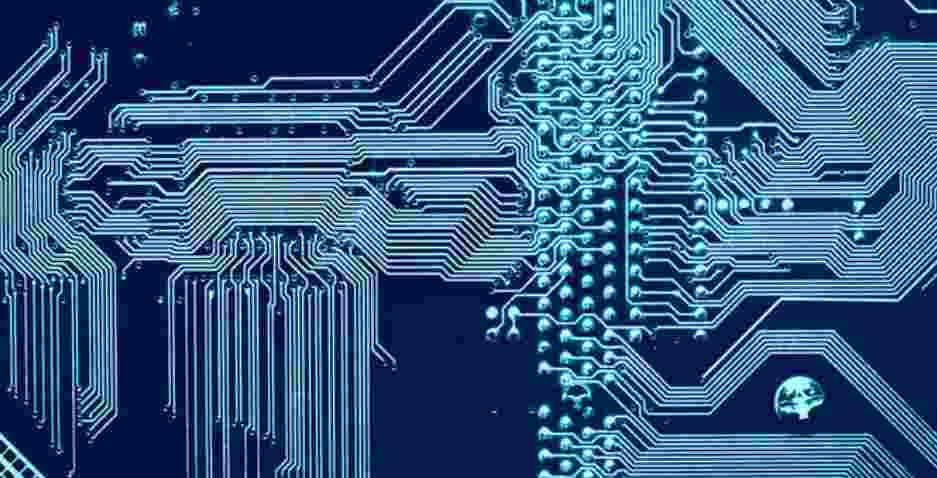
The competition between ceramic metallized products and ordinary PCB board on the market has tended to be white-hot, now we take the most common PCB board on the market and ceramic metallized products for comparison, ordinary PCB is usually made of copper foil and substrate bonding, and the substrate is mostly glass fiber, phenolic resin and other materials, adhesives are usually phenolic, epoxy and so on. The main material of ceramic substrate is alumina, beryllium oxide, aluminum nitride and other metal oxide ceramics, and the performance of the two is quite different.
Advantages of FR-4 copper clad plate:
1. Do not use insulation layer 2. Mass production 3. Molding fast 4. Low price
There are almost 18 kinds of defects:
1. The thickness deviation is more common: medium thickness around thin, or one side thick, one side thin 2. Substrate flaring 3. Substrate stratification 4. Substrate white spot 5. Substrate dew pattern 6. Substrate impurity and black spot 7. Copper foil wrinkle 8. Glue point 9. Pits 10. Pinholes 11. Copper foil oxidation 12. Copper foil highlight 13. Light concave 14. Steel plate grain 15. Uneven packing problem 16. The problem of insufficient curing of the substrate is obvious, and there are more burrs at the edges. 17. Common defects of semi-cured sheet 18.
Ceramic circuit board advantages:
1 high resistance 2. High frequency characteristics 3. High thermal conductivity 3. Good chemical stability seismic, heat resistance, pressure resistance, internal circuit, MARK point than the general subgrade board. 4. It is more accurate in printing, patch and welding
Disadvantages of ceramic circuit board:
1. Fragile: This is one of the main disadvantages. At present, only small area circuit boards can be made.
2. Expensive: the requirements of electronic products more and more rules, ceramic circuit board just meet to meet some
Relatively high-end products above, low-end products will not be used.
Comparison of material properties:
In the ordinary PCB board is made of cardboard, epoxy resin, glass fiber board, in addition to glass fiber board, the rest are organic matter. Therefore, it is easy to have chemical reactions under the irradiation of cosmic rays, change its molecular structure, and make the product deformation, so it can not be used in aerospace.

Ordinary PCB substrate is less dense and lighter than ceramic, which is conducive to long-distance transportation. Cardboard and epoxy board toughness is high, not easy to break. Ordinary PCB basically belongs to chemical fiber material, it is limited by environment, temperature, processing technology and other conditions, its rigidity is far less than ceramic substrate; The latter has strong thermal stability and small coefficient of thermal expansion, which can be used in harsher environments.
But ordinary PCB board can not withstand high temperature, the ignition point of paper at 130℃, is quite low, even if the addition of high temperature prevention materials can not change its high temperature resistance characteristics. The ignition point of most epoxy resins is around 200℃, and its high temperature resistance is also very weak. And finally, fiberglass. FR-4 glass fiber board is composed of high temperature resistant glass fiber material and high heat resistance composite material, but regardless of glass fiber material is toxic, great physical harm to people, so it is not desirable.
Ceramic plate is inorganic products, corrosion resistance, high temperature resistance, can withstand cosmic rays, suitable for aerospace equipment material selection.
Ceramic based thermal conductivity is high, such as the thermal conductivity of aluminum nitride ceramic plate up to 170~230W/M.K. The thermal conductivity of ordinary PCB substrate is 1.0W/M.K, the thermal conductivity of ceramic substrate is about 200 times that of ordinary PCB substrate, for those who need to conduct high heat is undoubtedly a long drought every mandew.
The ceramic substrate itself is an insulating material, and no insulating material is required in the process of making the ceramic substrate. In the production of ceramic metallized products, the bonding strength of ceramic and titanium metal is up to 45MPa, copper and ceramic have a more matching coefficient of thermal expansion, at high temperature, the bonding force of ceramic substrate and copper foil is strong, the use of bonding technology, copper foil will not fall off, which greatly improves the reliability of the plate.
Ceramic plate although the texture is brittle, but the mechanical hardness is high, the dielectric constant is small, can be used in high frequency. If applied to the electronic communication industry, it can greatly reduce the signal loss rate.
Ceramic substrate resistance to high temperature, and breakdown voltage up to 2wV high voltage, in the face of sudden high pressure, not only to ensure the normal operation of the equipment itself, but also to ensure the safety of the operator.
Ceramic plate chemical stability, can be corrosive, or need long-term immersion in the easy inside of the electronic products, such as: automotive LED sensors widely used, and stable performance, reliable. Ceramic substrate is a new type of PCB material with superior performance. In view of its materials, manufacturing process and market usage, its cost is higher than ordinary PCB circuit board at present.






